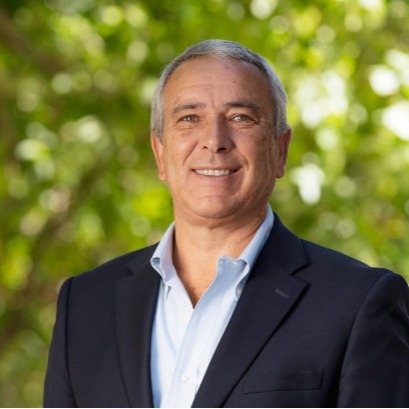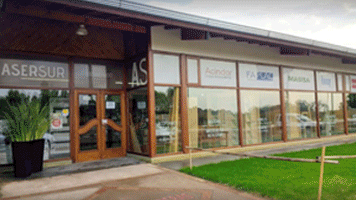.jpg)
New order is part of expansion and modernization project at Sanem site in Luxembourg
Kronospan plans on investing 330 million euros at its Sanem site in Luxembourg over the next four years. Before the planned new construction of a particleboard plant in the second project phase, the existing OSB plant will be partially refurbished and modernized.
The multi-opening plant, in operation since 1996, was one of the first OSB production plants in Western Europe. After more than 20 years of operation, it will be replaced by a continuous production line with CPS+. In addition to the press, the order also covers the forming station, the forming line, the finishing line (comprising a diagonal saw, large stack formation and large stack storage) as well as the conveyor technology, the filter systems and the press exhaust air treatment. The execution and supervision of the assembly are also included in the Dieffenbacher scope of supply.
This cutting-edge plant was planned entirely using 3D design tools. This allowed Dieffenbacher to fine-tune the plant structure to the conditions at the site, largely avoiding additional preparatory work for Kronospan. The contract was signed at the end of May, and commissioning is set for autumn 2018.
The project continues the long-standing collaboration between Dieffenbacher and Kronospan, especially in the area of OSB. Sanem will be the sixth OSB project completed by Dieffenbacher for Kronospan in less than 15 years. Kronospan also produces OSB panels using Dieffenbacher plants in Jihlava (Czech Republic), Riga (Latvia), Brasov (Romania), Mogilev (Belarus) and Strzelce Opolskie (Poland).
Para mayor informacion: http://dieffenbacher.vetas.com

IT MAY INTEREST YOU
 The month of design and architecture arrives in the city with unmissable activities
The month of design and architecture arrives in the city with unmissable activities
During the month of October, and for the second consecutive year, the city will become talent scenario. Through an outstanding agenda of activities, the platform has as its main objective to consolidate the positioning of the city as a regional reference in the field.
 Since 2,000 were not enough, he planted 130,000 trees: he challenged the desert and turned it into an oasis
Since 2,000 were not enough, he planted 130,000 trees: he challenged the desert and turned it into an oasis
Its story is a testament to the human capacity to transform the environment through conscious action and respect for nature.
 Pablo Ruival will continue in front of Afoa until 2027 and ratifies forest-industria as a development engine for Argentina
Pablo Ruival will continue in front of Afoa until 2027 and ratifies forest-industria as a development engine for Argentina
The Argentine Forest Association (AFOA), an institution with almost 80 years of experience and representation of producers, companies, professionals, students and actors linked to the forestry sector, carried out its assembly of authorities for the 2025-2027 period.






















